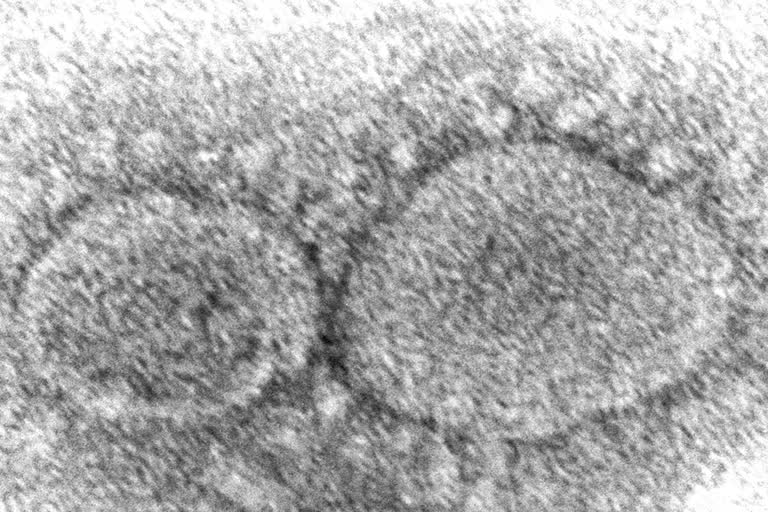Washington: A crucial question has eluded governments and health agencies around the world since the COVID-19 pandemic began: Did the virus originate in animals or leak from a Chinese lab? Now, the U.S. Department of Energy has assessed with “low confidence” in that it began with a lab leak, according to a person familiar with the report who wasn’t authorized to discuss it. The report has not been made public. But others in the U.S. intelligence community disagree.
“There is not a consensus right now in the U.S. government about exactly how COVID started,” John Kirby, the spokesman for the National Security Council, said Monday. “There is just not an intelligence community consensus.” The DOE's conclusion was first reported over the weekend in the Wall Street Journal, which said the classified report was based on new intelligence and noted in an update to a 2021 document. The DOE oversees a national network of labs. White House officials on Monday declined to confirm press reports about the assessment.
In 2021, officials released an intelligence report summary that said four members of the U.S. intelligence community believed with low confidence that the virus was first transmitted from an animal to a human, and a fifth believed with moderate confidence that the first human infection was linked to a lab. While some scientists are open to the lab-leak theory, others continue to believe the virus came from animals, mutated, and jumped into people — as has happened in the past with viruses. Experts say the true origin of the pandemic may not be known for many years — if ever.
CALLS FOR MORE INVESTIGATION:The U.S. Office of the Director of National Intelligence declined to comment on the report. All 18 offices of the U.S. intelligence community had access to the information the DOE used in reaching its assessment. Alina Chan, a molecular biologist at the Broad Institute of Massachusetts Institute of Technology and Harvard, said she isn’t sure what new intelligence the agencies had, but “it’s reasonable to infer” it relates to activities at the Wuhan Institute of Virology in China. She said a 2018 research proposal co-authored by scientists there and their U.S. collaborators “essentially described a blueprint for COVID-like viruses.”
“Less than two years later, such a virus was causing an outbreak in the city,” she said. The Wuhan institute had been studying coronaviruses for years, in part because of widespread concerns — tracing back to SARS — that coronaviruses could be the source of the next pandemic. No intelligence agency has said they believe the coronavirus that caused COVID-19 was released intentionally. The unclassified 2021 summary was clear on this point, saying: “We judge the virus was not developed as a biological weapon.”
“Lab accidents happen at a surprising frequency. A lot of people don’t really hear about lab accidents because they're not talked about publicly,” said Chan, who co-authored a book about the search for COVID-19 origins. Such accidents "underscore a need to make work with highly dangerous pathogens more transparent and more accountable.” Last year, the World Health Organization recommended a deeper probe into a possible lab accident. Chan said she hopes the latest report sparks more investigation in the United States. China has called the suggestion that COVID-19 came from a Chinese laboratory “ baseless.”
